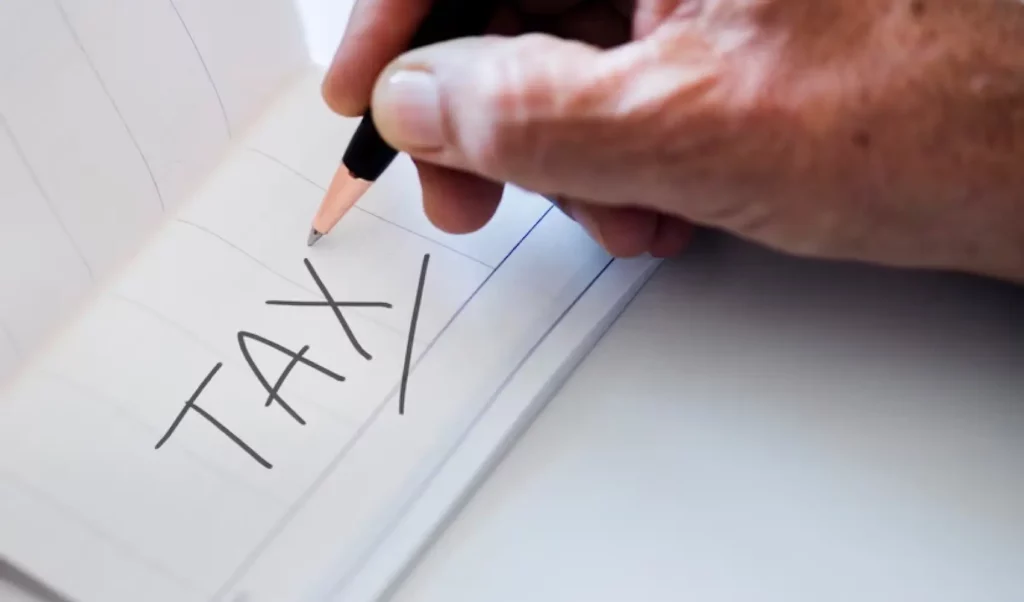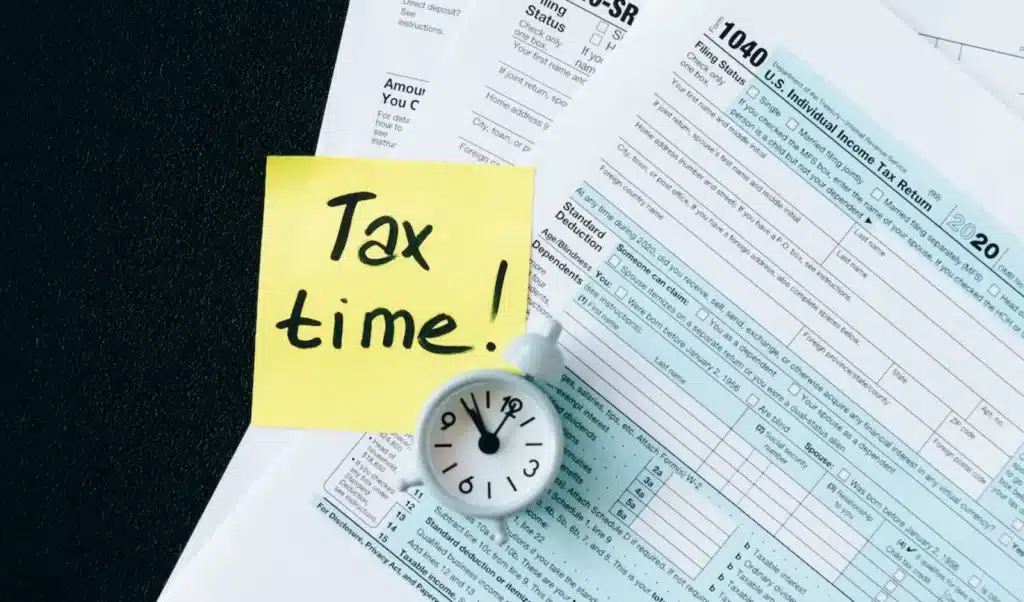Introduction
When tax season comes to a close, many New Yorkers eagerly anticipate receiving their state tax refunds. It’s a well-deserved reward for diligent taxpayers, providing a financial boost that can be used for various purposes. In this article, we will explore the ins and outs of the New York state tax refund process, from understanding the mechanisms behind it to tips for expediting the refund’s arrival.
Experiencing delays or complications with your New York State tax refund? Contact The Law Offices of Stephen B. Kass, P.C. for expert assistance in resolving state tax issues and ensuring you receive your entitled refund.
Understanding New York State Tax Refunds
In New York, state taxes play a crucial role in funding essential services and infrastructure. The state offers different types of tax refunds, such as income tax refunds and property tax credits, which can significantly impact an individual’s finances. The amount of the refund can vary based on various factors, including filing status, income level, and deductions claimed.
Filing NY State Taxes
Filing state taxes in New York can be done through various methods, including e-filing, mailing paper returns, or seeking assistance from tax professionals. New York taxpayers can take advantage of common tax deductions and credits, such as the Child Tax Credit and the Earned Income Tax Credit, to potentially increase their refund amount. It’s essential to be aware of the tax filing deadlines in the state to avoid penalties.
What is the NY tax return?
The NYS tax return refers to the state tax return that individuals who reside in the state of New York are required to file each year. This return is used to report income earned in New York and calculate the amount of state income tax owed or the refund due to the taxpayer. The NYS tax return is separate from the federal tax return that individuals file with the Internal Revenue Service (IRS).
The New York Income Tax
The New York income tax is a tax imposed by the state of New York on the income earned by individuals and businesses within the state. The tax rates vary depending on the taxpayer’s income level and filing status. New York has a progressive income tax system, which means that higher income earners are subject to higher tax rates. The tax revenue generated from the state income tax is used to fund various government programs and services in New York.

Federal and NYS Tax
Federal tax refers to the mandatory contributions that individuals and businesses are required to pay to the federal government in the United States. These taxes are used to fund various government programs, services, and to pay off the national debt. NYS tax refers to the taxes imposed by the state of New York. These taxes are collected by the New York State Department of Taxation and Finance and are used to support state government functions, infrastructure, education, healthcare, and other public services within the state. NYS tax includes income tax, sales tax, property tax, and various other types of taxes levied by the state.
The New York Tax Refund Status
The New York tax refund status refers to the current progress or status of a taxpayer’s refund from the state of New York. It indicates whether the refund has been processed, approved, and issued by the New York State Department of Taxation and Finance. Taxpayers can check their refund status online through the official website or by contacting the department’s customer service.
New York Tax Return
The New York Tax return refers to the tax filing process specifically for individuals or businesses who are residents of the state of New York. It involves reporting income, claiming deductions and credits, and calculating the amount of taxes owed or refundable to the taxpayer. The New York State Department of Taxation and Finance administers and collects these taxes.
Personal Income tax
Personal income tax is a form of tax that is levied on the income earned by individuals. This includes income from various sources such as wages, salaries, bonuses, tips, interest, dividends, rental income, and self-employment earnings. The tax is typically imposed by the government at the federal, state, or local level, depending on the jurisdiction. The purpose of personal income tax is to generate revenue for the government to fund public services and programs. The tax rate is usually progressive, meaning that individuals with higher incomes are subject to higher tax rates. In most countries, including the United States, personal income tax is based on a system of self-assessment. Taxpayers are required to file annual tax returns and report their income, deductions, and credits accurately. The tax liability is then calculated based on the applicable tax rates and any allowable deductions or exemptions. Personal income tax can be withheld from an individual’s paycheck by their employer through the systems of payroll taxes. Alternatively, taxpayers may be required to make estimated tax payments throughout the year to ensure they meet their tax obligations. Personal income tax laws and rates vary significantly between countries and even within different states or provinces. It is important for individuals to understand their tax obligations and consult with tax professionals or use tax software to ensure compliance with the relevant tax laws.
Refund Check
The NY Refund Check refers to a tax refund issued by the state of New York. It is the refund amount that individuals or businesses receive if they overpaid their state taxes or have eligible credits and deductions. Once the tax return is processed and approved, the state issues a check to the taxpayer for the amount of the refund they are entitled to. The NY Refund Check is typically sent to the taxpayer’s mailing address or directly deposited into their bank account, depending on the preferred method of refund selected by the taxpayer.
State Tax Form
The New York state tax form is called the “IT-201: Resident Income Tax Return.” This form is used by residents of New York to report their income, deductions, and credits for the purpose of determining their state income tax liability.

Check your Refund Status
Checking the Status of Your State Tax Refund Status
Once the tax return is submitted, the waiting game for the refund begins. Taxpayers in New York have multiple options to check the status of their refunds. Online portals and mobile apps provided by the New York State Department of Taxation and Finance offer a convenient way to track the progress. If any questions arise, taxpayers can contact the tax department directly for assistance.
Possible Reasons for Delayed Refunds
Despite the anticipation, some taxpayers may experience delays in receiving their refunds. Several reasons could contribute to such delays, including missing or incorrect information on the tax return, identity verification issues, or errors made during processing. Understanding these potential issues can help taxpayers take appropriate actions to resolve them promptly.
Tips for Faster Refund Processing
To expedite the refund process, taxpayers can take advantage of certain strategies. E-filing is a popular and efficient method, as it minimizes processing time. Opting for direct deposit ensures that the refund goes directly into the taxpayer’s bank account, further reducing the waiting period. Double-checking the tax return for accuracy before submission helps avoid potential errors that could delay the refund.
Resolving Issues with Your Refund
In some cases, taxpayers may find that their expected refund amount has not arrived as anticipated. In such situations, it’s crucial to take prompt action. Taxpayers should review their return to ensure all information is accurate and contact the tax department if necessary. Working with a tax professional can be beneficial when dealing with complex refund issues.
Common Tax Refund Mistakes to Avoid
Errors on the tax return can lead to delays in processing or even a reduced refund amount. To avoid such pitfalls, taxpayers should take extra care when filling out their returns. Seeking advice from tax professionals or using reputable tax software can help minimize the risk of making mistakes. Additionally, staying updated with any changes to tax laws can prevent errors due to outdated information.

How to Appeal a Refund Decision
In some instances, the tax department’s decision regarding a refund may not align with the taxpayer’s expectations. When this occurs, taxpayers have the right to appeal the decision. Understanding the appeals process and providing sufficient evidence to support the claim are essential steps in seeking a resolution. In such cases, enlisting the help of a tax professional can prove beneficial.
Protecting Yourself from Refund Fraud
While taxpayers eagerly await their refunds, scammers view this period as an opportunity to carry out fraudulent activities. Being vigilant and recognizing the signs of refund-related scams is crucial. Safeguarding personal information and reporting any suspicious activities to the authorities can protect taxpayers from falling victim to such fraud.
Tax Tips for Maximizing Your Refund
To optimize their tax refunds, taxpayers can employ various strategies. Taking advantage of tax deductions and credits can significantly impact the final refund amount. Contributing to retirement accounts can not only secure future financial stability but also offer tax benefits. Long-term tax planning can lead to more substantial refunds in the years to come.

The Impact of COVID-19 on Tax Refunds
The COVID-19 pandemic has had far-reaching effects on various aspects of life, including taxes. Changes in tax laws and relief measures implemented during the pandemic have influenced state tax refunds as well. Understanding these changes and accessing available resources can be helpful for taxpayers navigating through uncertain times.
Conclusion
Receiving a state tax refund in New York can be a significant financial relief for individuals and families. By understanding the process, avoiding common mistakes, and adopting effective strategies, taxpayers can expedite the arrival of their refunds and maximize their benefits. Remember to stay informed about any changes in tax laws and seek professional assistance when needed to ensure a smooth tax refund experience.
Schedule a consultation with The Law Offices of Stephen B. Kass, P.C. to receive professional guidance and support tailored to your tax situation.
Get Answers to Common Frequently asked Questions
- How long does it take to receive a NY state tax refund?
- The timeframe for receiving a New York state tax refund can vary depending on several factors. Generally, if the return is filed electronically and the refund is opted for direct deposit, it may take around 2-3 weeks. However, paper returns and other factors may extend the processing time.
- Can I track my refund if I filed a paper return?
- Yes, you can still track your refund even if you filed a paper return. The New York State Department of Taxation and Finance provides online portals and mobile apps that allow taxpayers to check the status of their refunds.
- What should I do if my refund amount is incorrect?
- If you believe there is an error in your refund amount, it is essential to review your tax return thoroughly. Check for any mistakes or omissions that may have affected the refund calculation. If you still believe there is an issue, you can contact the tax department for further assistance.
- Are state tax refunds taxable?
- In most cases, state tax refunds are not considered taxable income on your federal tax return. However, if you previously deducted the state income taxes paid on your federal return, you may need to report a portion of the refund as income.
- Can I amend my state tax return if I made a mistake?
- Yes, if you discover an error or omission in your filed state tax return, you can amend it. The process for amending a state tax return is similar to amending a federal return. You will need to use the appropriate form and provide the correct information. It’s advisable to seek assistance from a tax professional when making amendments.







